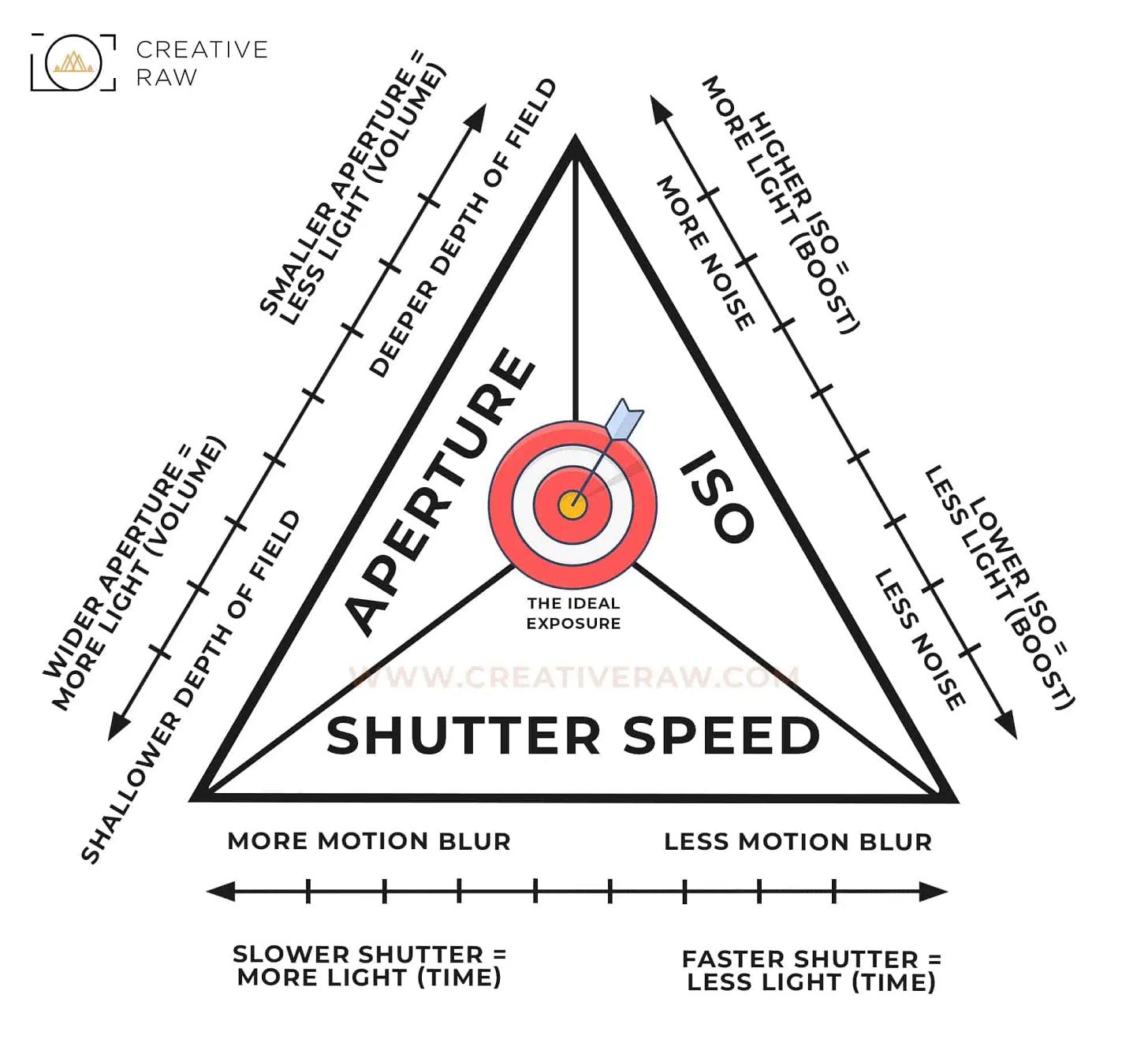It's 2023! And the month of January is finally coming to an end. It's been a hectic month year for most of us, and if you haven't taken any photograph this year, the best time to do it is now.
Look around you and find a subject to capture. It could be a pen, a chicken, a car, anything at all.
In the words of Tobi Arowona in one of our photography webinars, “just photograph anything, even if it’s rubbish and make it beautiful.”
Have you done that?
Great!
Now, how can you tell if you have taken a good image?
"A good photograph is knowing where to stand." - Ansel Adams
While knowing where to stand is important, there are also some other elements to consider when taking a picture or when analyzing an image.
Some of them are:
1. Aperture:

This is one of the 3 pillars of photography (the others are Shutter Speed and ISO). This is defined as the opening in a lens through which light passes to enter your camera.
Aperture has several effects on photos,the most obvious being brightness of your image. As the aperture changes in size, it alters the amount of light reaching the camera sensor and therefore the brightness of your image. A large aperture (wide opening), will allow more light to pass into the camera which results in a brighter photo while a small aperture does the opposite making the photo appear darker.
2. Shutter Speed:


This is the length of time the camera shutter is open exposing light onto the camera sensor. Basically, it is how long a camera spends taking a photo. It is measured in fractions of a second when they're under a second. e.g ¼ means a quarter of a second.
The important effect of shutter speed is exposure which is the brightness of an image. If you use a long shutter speed, your camera sensor gathers a lot of light which gives quite a bright photo. By using a quick shutter speed, your camera sensor is only exposed to a small fraction of light resulting a darker photo.
3. ISO:


This stands for International Organization for Standardization. This is simply a camera setting that would brighten or darken a photo.
As you increase your ISO number, your photos will grow progressively brighter.
Every camera has a different range of ISO value that you can use. A common set is as follows:
ISO 100 (low) - ISO 200 - ISO 400 - ISO 800 - ISO 1600 - ISO 3200 - ISO 6400 ( high)
4. Composition:
This is the structure of a photograph. It is how you arrange the elements in your image to create the look you want. When an image is composed right, it takes your subject and presents it to your viewers as effectively as possible. Composition is the mechanism for conveying a message with your photos. It allows you to tell a story with photography.
Composition is the strongest way of seeing ~ Edward Weston.
5. White Balance:
This balances the color temperature in your image by adding the opposite color to the image in attempt to bring the color temperature back to normal.
In simpler terms, it is adjusting colors so that the image can look more neutral.
In most DSLR and Mirrorless Cameras, there's a button that allows you to change between different white balance preset. Or it can be done manually in a post-proecssing software like Adobe Lightroom or Photoshop which is sometimes referred to as "color correction". You can manually set the white balance by adjusting the temperature value in Kelvin(K).
6. Depth of Field:
It is also written as DoF. It is the distance between the closest and farthest object in a photo that appears acceptably sharp. An important factor affecting DoF is the distance between the camera and subject, the shorter the distance, the smaller the DoF.
This seems like it's a lot of information,but as you take more pictures it will get easier to remember what function controls what part of an image.
If you're new to photography and none of this makes sense, you might want to check out our previous articles and if you haven't started your journey yet, what are you waiting for?
Here are some resources to help you further:
Was this beneficial to you? If yes, definitely stick around for our next newsletter and share with someone who needs this.
✍️ Sumayyah, A. and Sumayyah, F.


